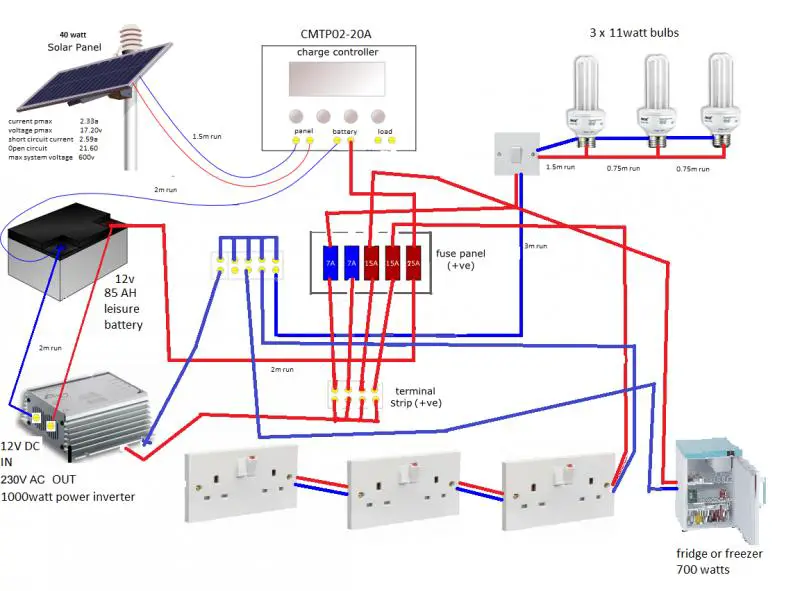hi everybody
Im no electrician so any comments would be greatly appreciated .
am i on the right track with this wiring diagram ?
it's for my garden shed its basically to get lights in there but i eventually plan to put a fridge or freeze in and a couple of sockets .
is it safe to use ?
are the fuse ratings ok or should they be lower ?
was thinking 3amp lights , 5 amp fridge/freezer and 10amp sockets
thanks in advance
mark


